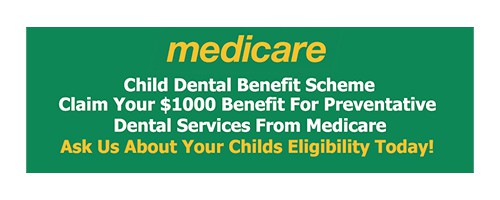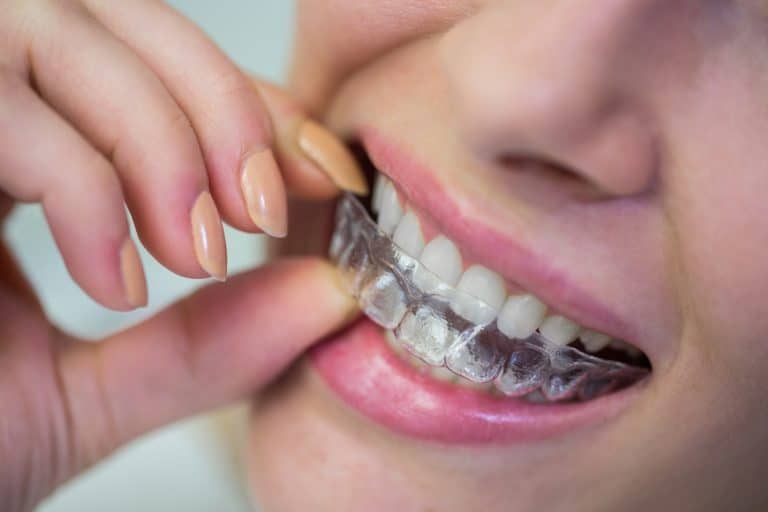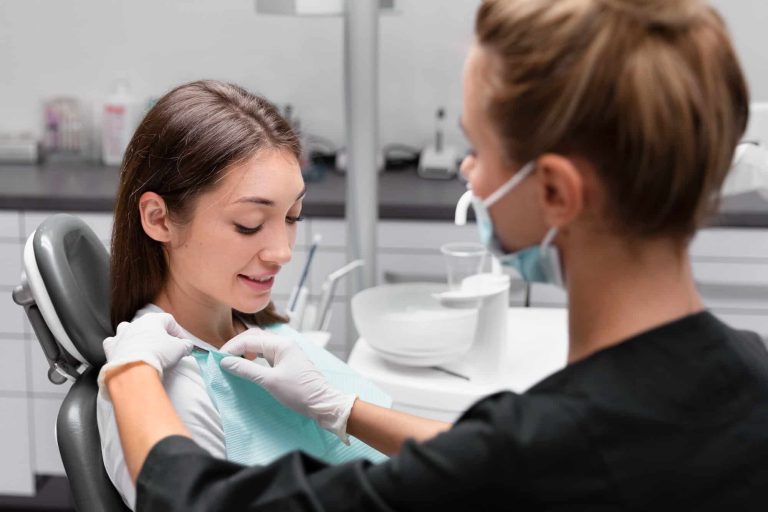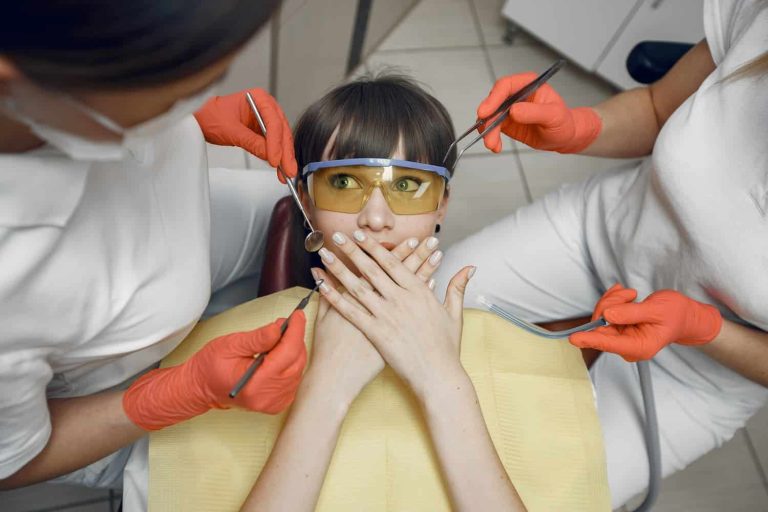Table of Contents
We all know emergencies can be stressful and overwhelming—especially when it comes to your teeth. Dental emergencies often seem to come out of nowhere, and getting the proper care quickly is key to preventing further complications.
So, what exactly is a dental emergency? In short, it’s any issue with your oral health that requires immediate attention to relieve pain, stop bleeding, or prevent tooth loss. While not all dental problems are urgent, those involving severe pain, trauma, or infections should never be ignored. Acting fast can save you from bigger problems down the road, impacting not only your teeth but also your overall health.
Knowing when to seek care can make a huge difference in easing your discomfort. In this guide, we’ll take you through the most common dental emergencies, how to spot them, and when it’s time to give us a call for professional help.
Toothache or Tooth Pain
We’ve all had a toothache at some point, but a persistent one is more than just an inconvenience—it’s your body’s way of telling you something isn’t right. Tooth pain can range from a mild annoyance to a sharp, throbbing sensation that makes it hard to think about anything else. But when does it cross the line into an emergency?
A toothache that doesn’t go away, even after taking painkillers, could be a sign of something more serious happening beneath the surface. This kind of pain is often linked to issues like deep decay, an infection, or even a dental abscess. These conditions can worsen quickly if not treated, potentially leading to bigger problems like bone loss or spreading infections.
In some cases, the pain is due to damage or infection in the tooth’s pulp (the innermost layer that contains nerves and blood vessels). If the pulp is infected, you might notice other signs besides pain, such as swelling in the face, fever, or a bad taste in your mouth. This foul taste is often caused by pus from an infection—a clear sign that you need emergency care.
Ignoring the pain or trying to tough it out isn’t the best plan. Left untreated, these infections can spread to other parts of your body, turning a painful tooth into a serious health risk. The sooner you seek help, the better the outcome.
When to Seek Help
You should reach out to a dentist if:
- Your toothache is severe or lasts for more than a couple of days.
- Painkillers aren’t providing relief.
- You have swelling around the tooth, face, or jaw.
- You have a fever or notice a bad taste in your mouth.
- The pain is sharp or unrelenting, especially if it worsens when you lie down or apply pressure to the tooth.

Knocked-Out Tooth
A knocked-out tooth, also known as an avulsed tooth, is one of the most urgent dental emergencies, and acting quickly can increase the chances of saving the tooth.
When a permanent tooth is knocked out, whether from a sports injury, a fall, or another type of trauma, there’s a small but crucial window—typically 30 minutes to an hour—during which the tooth can be successfully reinserted. The sooner you get to a dentist, the higher the chances of saving the tooth and avoiding the need for more extensive treatments later on.
What to Do Immediately
- Handle the Tooth with Care: Pick up the tooth by the crown (the top part) rather than the root to avoid damaging delicate tissues.
- Rinse Gently: If the tooth is dirty, rinse it gently under cool, running water. Avoid scrubbing or removing any tissue attached to the tooth, as this could harm the root and make reattachment more difficult.
- Reinsert If Possible: If you’re comfortable doing so, try to place the tooth back into its socket. Gently push it into place with clean fingers and hold it there.
- Store Properly: If reinserting the tooth isn’t possible, place it in a container of milk or a saline solution. These fluids help keep the tooth’s root cells alive until you can see a dentist.
- Get to the Dentist: Contact your dentist immediately or visit the nearest emergency dental clinic. The sooner you get professional care, the better the chances of saving your tooth.
Broken, Chipped, or Fractured Teeth
Accidents happen, and sometimes they happen to your teeth. Whether it’s from biting into something a little too hard, grinding your teeth in your sleep, or an unexpected fall or trauma, a cracked, chipped, or broken tooth can catch you off guard. The severity of the damage can vary, but it’s important to know what steps to take to protect your tooth and prevent further issues.
When you crack or break a tooth, the damage can expose the inner layers, making the tooth vulnerable to infection or even decay. If the break is small and doesn’t cause pain, it might not feel like an emergency—but it’s still a good idea to see your dentist as soon as possible. Ignoring a minor crack could lead to bigger problems down the road, as it leaves your tooth weakened and susceptible to bacteria.
On the other hand, if the crack or break is causing pain or if it extends below the gum line, it’s definitely an emergency. Pain is a sign that the deeper parts of your tooth may be involved, and without immediate attention, you could be at risk of infection, damage to the tooth’s root, or even tooth loss.
What to Do Right Away
If you’ve cracked or broken a tooth, here’s what you can do while you wait to see your dentist:
- Rinse your mouth with warm water to clean the area and remove any debris.
- Apply a cold compress to the outside of your cheek to reduce swelling and help numb the pain.
- If the break has left a sharp edge, you can cover it with dental wax (available at most pharmacies) to protect your tongue and cheek from cuts.
- Avoid chewing on the affected side until you can get professional care.
Dental Abscess: A Serious Infection That Needs Immediate Attention
A dental abscess is not something to take lightly. It’s a serious infection that forms a painful pocket of pus, typically caused by bacteria. This condition can develop in various parts of your mouth, including the tooth, gums, or jawbone. If left untreated, the infection can spread to other parts of your body, leading to more severe health issues.
Experiencing an abscess is more than just uncomfortable—it’s often quite painful and can pose serious health risks. Common signs of a dental abscess include:
- Severe pain that is usually persistent and throbbing.
- Fever.
- Swelling in your face, neck, or jaw area.
- A bad taste in your mouth can result from the pus draining from the abscess.
- Difficulty breathing or swallowing in severe cases, signalling a critical condition that requires immediate medical attention.
If you notice these symptoms, it’s crucial to act fast. A dental abscess requires prompt treatment to prevent the infection from spreading and to manage the pain effectively. Do not attempt to self-treat with antibiotics or other remedies without consulting a professional, as improper use can lead to complications or worsen the infection.
When to Seek Help
You should contact your dentist right away if you suspect a dental abscess. Urgent care is necessary to:
- Drain the Abscess: Professional drainage can relieve pressure and remove the infection.
- Treat the Infection: Appropriate antibiotics and treatments will be prescribed to eliminate the bacteria.
- Address Underlying Issues: Your dentist will identify and address the root cause of the abscess to prevent future occurrences.
Lost Fillings or Crowns: Why You Shouldn’t Wait to Seek Treatment
Losing a filling or crown can be more than just a minor inconvenience—it can expose the underlying tooth to potential harm. Fillings and crowns are essential for protecting and strengthening teeth that have been weakened by decay or damage. When they come loose or fall out, the tooth underneath becomes vulnerable to new problems, including decay and further damage.
While it might not hurt right away, it’s crucial to address the issue quickly. An exposed tooth can attract bacteria and food particles, which could lead to new cavities or infections. Additionally, without the protection of a crown or filling, the tooth can become more sensitive and prone to damage.
What to Do If You Lose a Filling or Crown
- Keep the Lost Piece Safe: If you’ve lost a crown or filling, store it in a clean, dry place. This will help your dentist assess and possibly reuse it, though in some cases, a new restoration may be needed.
- Avoid Chewing on the Affected Side: To prevent further damage or discomfort, steer clear of chewing on the side where the filling or crown was lost.
- Use Dental Cement: Over-the-counter dental cement, available at most pharmacies, can be used as a temporary measure to cover the exposed tooth. This can help protect it from discomfort and damage until you can see your dentist.
- Schedule a Dental Appointment: Contact your dentist as soon as possible to schedule an appointment. They will examine the affected tooth, assess whether the lost filling or crown can be reattached or if a new one is needed, and provide the necessary treatment.
Cuts, Tears, and Punctures in the Mouth
Injuries to the soft tissues inside your mouth—such as your tongue, cheeks, or gums—can happen for various reasons. Whether it’s from a sports accident, an unintended bite, or simply an impact, these injuries can be painful and, in some cases, serious. While minor cuts or tears might heal on their own with a bit of care, more severe injuries need prompt attention to avoid complications like infection or improper healing.
What to Do If You Suffer a Soft Tissue Injury
- Clean the Area: Rinse your mouth gently with warm water to clean the wound. Avoid using alcohol or hydrogen peroxide, as these can irritate the sensitive tissues inside your mouth.
- Apply Pressure: Use a clean cloth or gauze to apply gentle pressure to the injured area. This helps stop any bleeding and can also reduce swelling.
- Manage Pain and Swelling: If needed, you can use an over-the-counter pain reliever to help manage discomfort. Applying a cold compress to the outside of your mouth can also reduce swelling.
- Watch for Signs of Infection: Keep an eye on the injury for signs of infection, such as increased redness, swelling, or pus. If you notice these symptoms, seek medical attention.
- Seek Professional Care: For deeper cuts, persistent bleeding, or injuries that don’t improve, visit your dentist or go to the emergency room. Severe injuries may require stitches or other medical interventions to ensure proper healing.
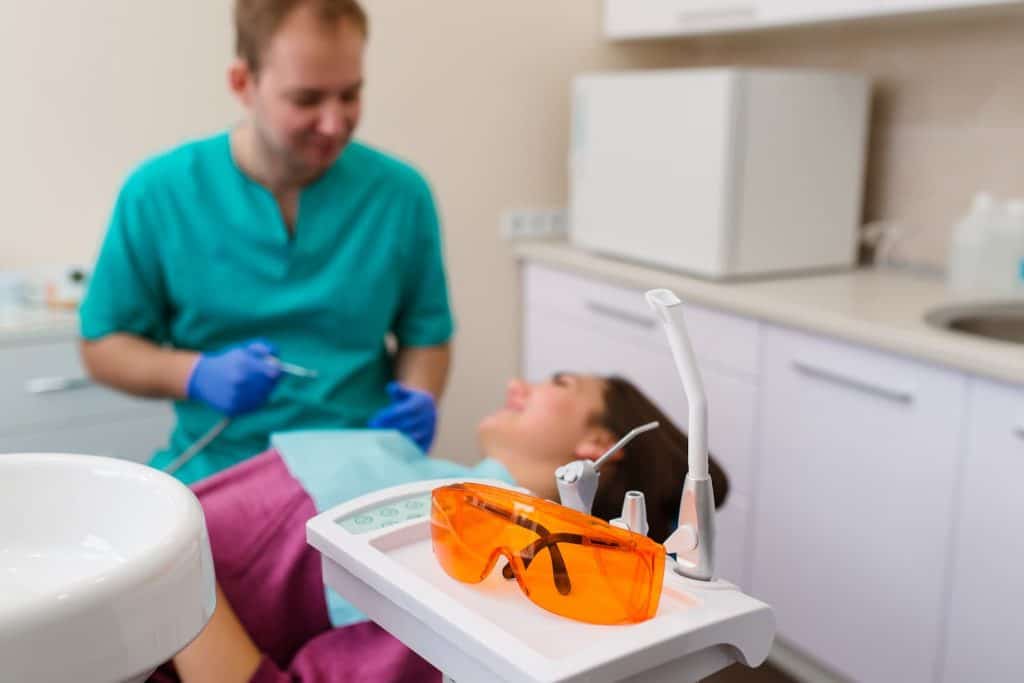
Foreign Objects Stuck Between Teeth: When You Need Professional Help
It’s not uncommon to get food, small objects, or debris stuck between your teeth. Most of the time, a bit of floss or a gentle rinse can get things back to normal. However, when you’re dealing with an object that’s stubbornly wedged in place, trying to remove it on your own can sometimes do more harm than good.
Using sharp or hard tools to pry out something stuck between your teeth can lead to damage to your gums or even break a tooth. This could lead to more severe dental issues or infection. So, knowing when to seek professional help is key to avoiding these problems.
When to Seek Professional Help:
- Persistent Object: If the foreign object remains stuck between your teeth despite using dental floss or rinsing with water, it’s time to get professional assistance. Persistent items may require special tools to remove safely.
- Discomfort or Pain: If you’re experiencing pain, discomfort, or swelling around the area where the object is stuck, avoid further manipulation and seek help right away. Pain can indicate that the object is causing damage or irritation.
- Gum Damage: If you notice that your gums are bleeding or appear damaged after attempting to remove the object, consult your dentist. They can treat any injury and ensure your gums heal properly.
- Proper Tools: Dentists have access to specialised instruments that can gently and effectively remove objects without causing harm. These tools are designed to navigate tight spaces and minimise any potential damage.
When to Go to the Emergency Department vs. Your Dentist
Navigating a dental emergency can be stressful, and knowing whether to head to the emergency room or see your dentist can sometimes be confusing. While most dental issues are best handled by a dentist, certain situations require immediate medical attention from an emergency room to address broader health concerns.
Here’s a quick guide to help you decide where to go:
When to Go to Emergency:
- Severe Facial Injuries: If you’ve suffered significant trauma to your face or jaw—such as from a serious accident or injury—an emergency room is equipped to handle severe injuries. This includes situations where there’s substantial bleeding, fractures, or dislocations that need urgent medical intervention.
- Difficulty Breathing or Swallowing: If you’re experiencing trouble breathing or swallowing, it’s crucial to seek emergency medical care right away. These symptoms could indicate a serious issue, such as a blocked airway or severe swelling that needs immediate attention.
- High Fever with a Dental Infection: A high fever accompanying a dental infection could signal that the infection is spreading beyond your mouth. In this case, the emergency room can provide treatment to manage the infection and monitor your overall health.
When to See Your Dentist:
For most dental emergencies—such as broken or cracked teeth, dental abscesses, lost fillings or crowns, and minor soft tissue injuries—a visit to your dentist is usually the best approach.
Dental Issues to Address with Your Dentist:
- Broken or Cracked Teeth: Your dentist can repair or restore broken teeth with treatments like fillings, crowns, or bonding.
- Dental Abscesses: Your dentist will drain the abscess, treat the infection, and address the underlying cause to prevent further issues.
- Lost Fillings or Crowns: Your dentist can replace or repair lost fillings or crowns to protect your tooth and restore its function.
- Minor Soft Tissue Injuries: Treatment for cuts or tears in your mouth can be handled effectively by your dentist to ensure proper healing.
Conclusion
Dental emergencies can be stressful and painful, but knowing when to seek help can make all the difference. Whether you’re dealing with a severe toothache, a knocked-out tooth, or an abscess, getting professional help quickly can prevent long-term damage and ensure the best outcome for your oral health.
At Murdoch Dental & Implant Centre, Dr. Srikanth Aluru and our dedicated team are here to guide you every step of the way. Contact us today at (08) 9310 6018.to schedule your consultation and take the first step towards a beautiful, straight smile.











